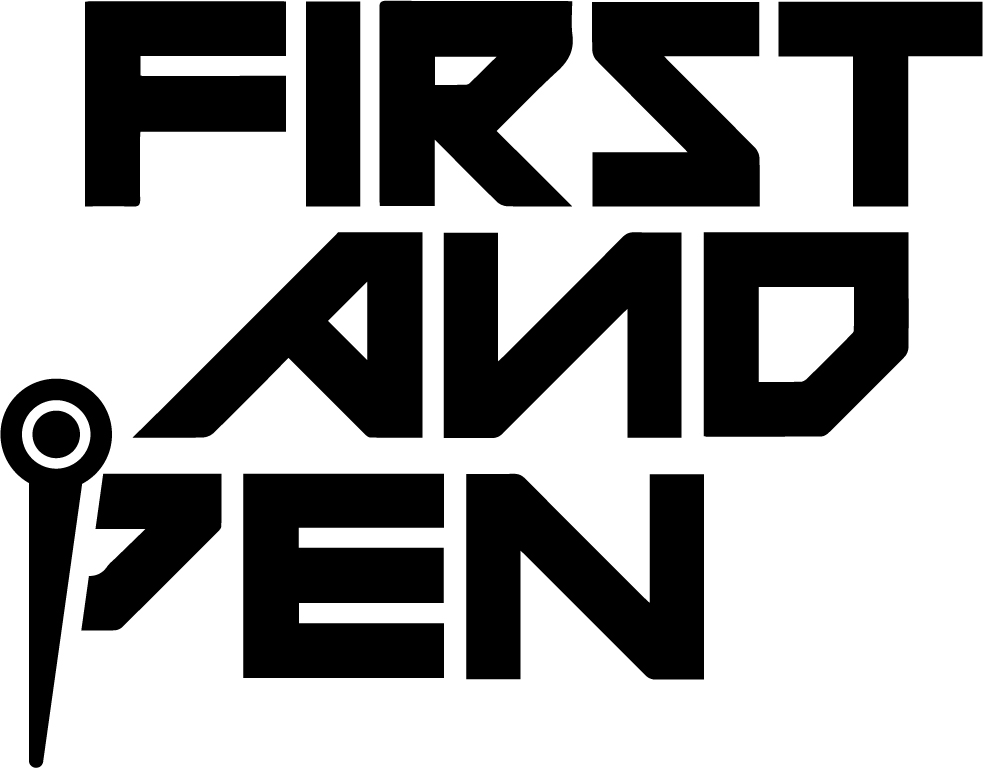24 years ago, fans were introduced to a high-flying, trampoline-bouncing, hard-hitting, trash-talking, dunking-all-on-your-head sport called SlamBall.
At first, many thought it was a gimmick that combined hockey, football, basketball and the monster dunks from the iconic video game “NBA Jam” that would simply fade away like a flash in the pan.
But SlamBall was a success that lasted almost a decade.
Then it went dormant for 15 years until this past June when the league announced it was being resurrected. Two months later, it’s safe to say that SlamBall’s return was a success, which is exactly what co-founders Mason Gordon and Mike Tollin thought it would be.
The partners didn’t bring SlamBall back like a pop-up event or because of a nostalgic feeling. Instead, they recognized how SlamBall could be revived and updated to appeal to both old and new fans alike.
“For this first season we really curated our team, with our scouting led by former SlamBall star Rob Wilson,” Gordon added. “We needed to find guys, many of whom had seen but had never experienced SlamBall, who were super athletic team players who may not have been the biggest stars in high school or college, but they had really adaptable skills.”
That strategy included attracting athletes from a variety of schools and divisions, including football and basketball players from HBCU institutions, and big and small programs from both the NCAA and NAIA. Even the Ivy League made a name for itself in the league when former Columbia defensive back Bryan Bell-Anderson won the dunk contest last week with an arsenal of dunks that included one over his father, coach and former SlamBall star Trevor Anderson.
Over the last six weeks, SlamBall brought fans together at the Cox Pavilion in Las Vegas to watch players from Texas A&M, Florida State, Florida A&M, Hampton, Colorado Christian University and other institutions throw down video game-like dunks and deliver “Crunch Course” type hits.
And fans weren’t the only ones drawn to the league as notable names joined in as investors. That includes Fanatics CEO Michael Rubin, NBA star Blake Griffin, serial investor Gary Vaynerchuck, Sixers co-owner David Blitzer and many others. The league also had a major television partner in ESPN, which helped deliver the product to fans across the country.
This past week, the final week of the season, the Cox Pavilion was sold out, which meant that the league had to bring the heat for the championship game.
Enter Marshawn Lynch.
Lynch never fails to draw a crowd and keep fans entertained, and his commentary during the SlamBall championship game was no exception.
“If this was Sonic, all of his coins would have been knocked out right now,” exclaimed Lynch during a big hit in Thursday night’s Finals.
This is the type of hype and success SlamBall needed in its revival.
“This was our year to reintroduce and refine what SlamBall is today, and to start building stars of the future who stand on their own as players in our sport as much as in their past,” said Gordon. “Our goal was, and is, to find the best, and many of those best we have seen come from schools and backgrounds that gave them a little chip on their shoulder.”
Some of those players include Ty McGhee, who ended up being the league’s leading scorer at 28.2 ppg; Darius Clark, a former long jumper from Texas A&M who finished second in scoring with 21 ppg for the undefeated SlamBall champions, The Mob. And don’t forget league MVP Gage Smith, a former star at NAIA Concordia University and SlamBall leader in stops, steals and loose ball recoveries.
“Well, we polished some great chips, proved the concept with athletes who are now unique to SlamBall, and we are getting ready for what comes next, not just next summer but in the offseason as well. We couldn’t be happier in creating these opportunities and building something that is unique, fun, fan friendly and tailored to a high octane generation. The best part is, we are just getting started.”
After what SlamBall showed fans in only six weeks, Gordon appears to be right.
The league has a long-term vision, a great group of investors, a home in Las Vegas, a broadcast partner in ESPN and athletes that embody the passion, excitement and physical demands of SlamBall.
Add that all together and you realize that SlamBall won’t be a one-and-done sport. It’s here to stay.











